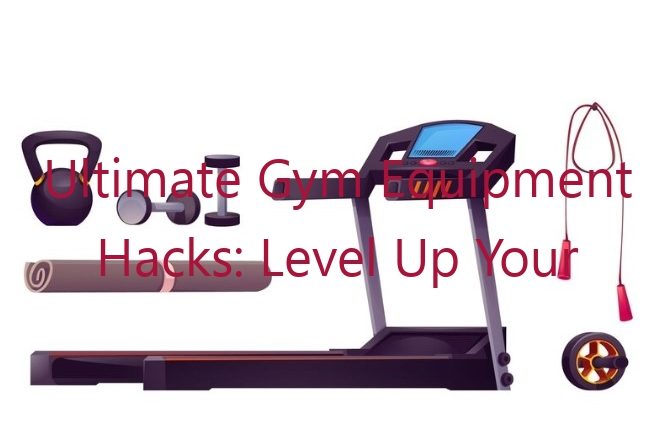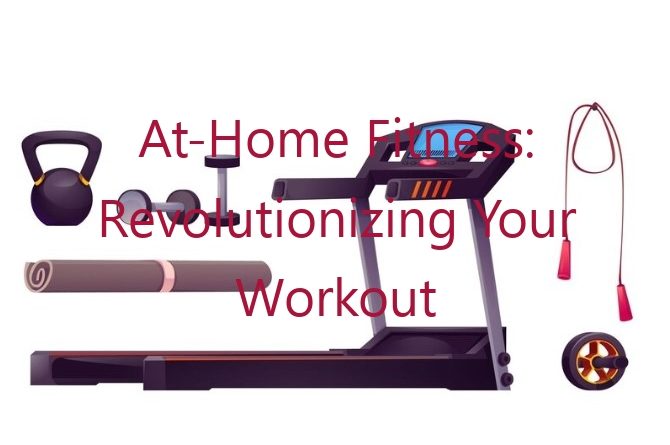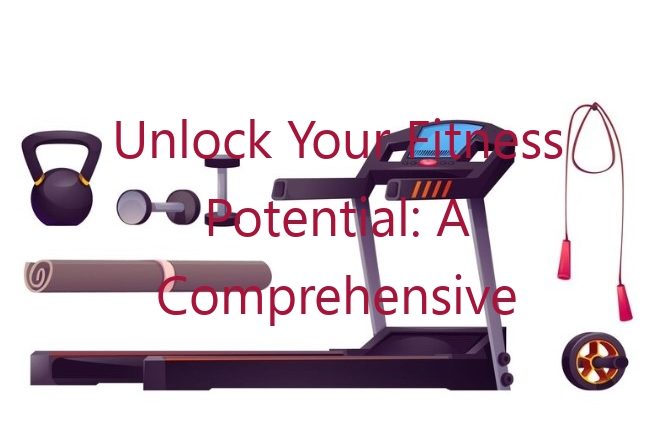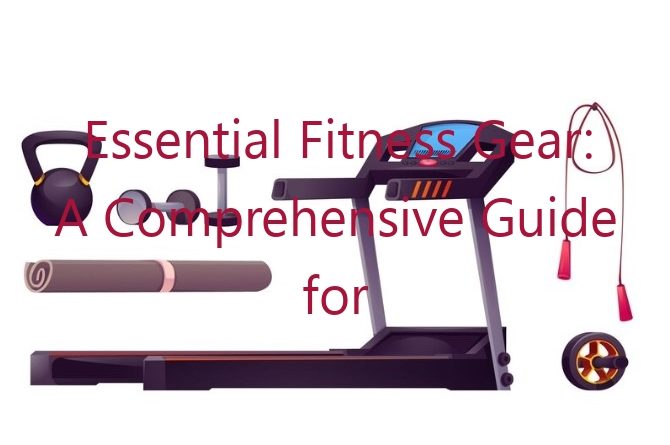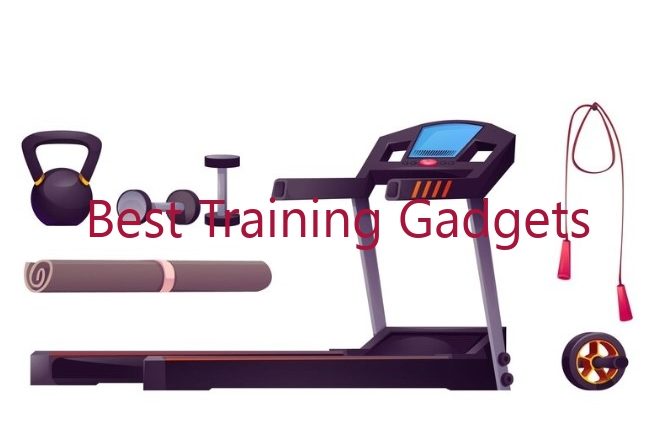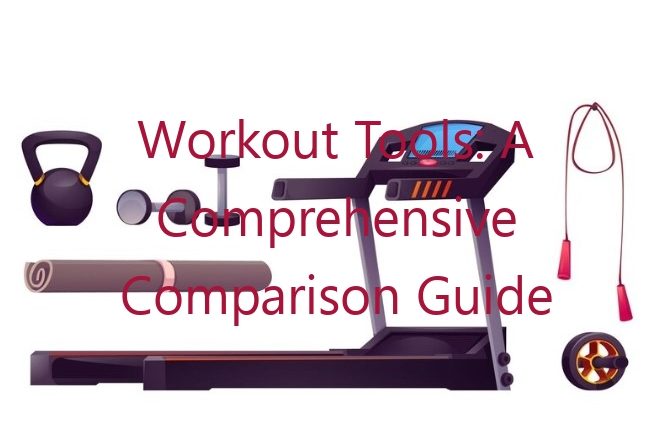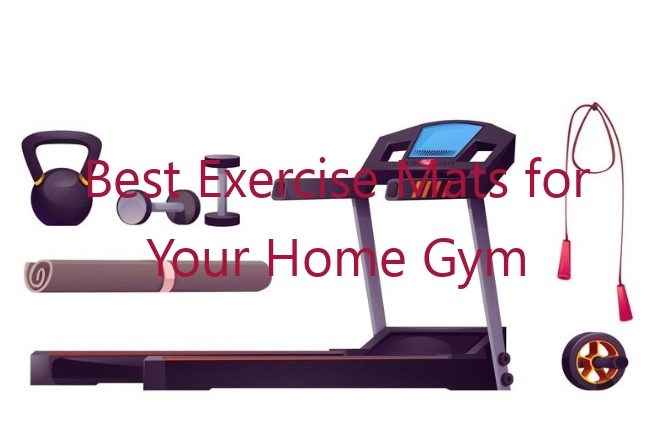
Sponsored Ads
Exercise mats are a crucial component of any home gym, providing a comfortable and safe surface for your workouts. With a wide range of options available, finding the perfect mat for your needs can be overwhelming. This comprehensive guide will delve into the intricate world of exercise mats, empowering you to make an informed decision for your fitness journey.
Introduction: The Importance of Exercise Mats
Exercise mats serve multiple essential purposes that enhance your workout experience. Their primary function is to cushion your body, absorbing impact and reducing stress on your joints, muscles, and bones. This enhanced cushioning not only makes exercises more comfortable but also helps prevent injuries and chronic pain.
Additionally, exercise mats provide a stable and non-slip surface for your workouts. They prevent you from slipping or losing balance, which can lead to falls and injuries. The stability they offer allows you to perform exercises with confidence, knowing that you have a solid foundation beneath you.
Exercise mats also enhance hygiene by creating a barrier between your body and the floor. They absorb sweat and prevent the accumulation of bacteria, keeping your workout space clean and hygienic. This is especially important when sharing equipment with others or exercising in public spaces.
Furthermore, exercise mats reduce noise levels during your workouts. They absorb the impact of your movements, minimizing the noise that can disturb others or create distractions in shared spaces.
Finally, exercise mats add a touch of style and personalization to your home gym. They come in various colors, designs, and materials, allowing you to choose a mat that complements your décor and reflects your personal preferences.
Types of Exercise Mats: A Comprehensive Overview
Exercise mats come in a variety of materials, each with unique strengths and weaknesses. Identifying the ideal material for your needs is essential for maximizing the benefits of your mat.
 Foam Mats: The Standard Choice
Foam Mats: The Standard Choice
Foam mats are the most common type of exercise mat, offering a balance of comfort, durability, and affordability. They are made from closed-cell foam, which provides good cushioning and shock absorption. Foam mats are lightweight and easy to roll up for storage or transport.
 Rubber Mats: Durable and Non-Slip
Rubber Mats: Durable and Non-Slip
Rubber mats are known for their exceptional durability and non-slip properties. They are heavier and more expensive than foam mats, but they can withstand heavy use and provide superior stability. Rubber mats are ideal for high-impact exercises and are commonly used in commercial gyms.
 PVC Mats: Affordable and Lightweight
PVC Mats: Affordable and Lightweight
PVC mats are lightweight and affordable options, making them a popular choice for home gyms. They are made from polyvinyl chloride, which provides moderate cushioning and is easy to clean. However, PVC mats are not as durable as foam or rubber mats and may wear out more quickly with regular use.
 Cork Mats: Eco-Friendly and Antibacterial
Cork Mats: Eco-Friendly and Antibacterial
Cork mats are made from natural cork, offering a unique combination of cushioning and anti-slip properties. They are also biodegradable and naturally antibacterial, making them an eco-friendly choice. Cork mats are ideal for yoga, Pilates, and other low-impact exercises.
 Interlocking Mats: Modular and Customizable
Interlocking Mats: Modular and Customizable
Interlocking mats are a modular solution for large workout areas or specific requirements. They consist of smaller tiles that can be easily connected and arranged to create a custom-sized mat. Interlocking mats offer versatility and can be used for a wide range of exercises.
Choosing the Right Exercise Mat: Factors to Consider
Selecting the optimal exercise mat requires careful consideration of several crucial factors. Your fitness goals, workout style, and personal preferences should all be taken into account to find the perfect match.
 Thickness: Support and Comfort
Thickness: Support and Comfort
The thickness of your exercise mat plays a significant role in its level of cushioning and support. Thicker mats provide more comfort and shock absorption, making them ideal for high-impact activities such as plyometrics or weightlifting. Thinner mats are more portable and can be used for low-impact exercises like yoga or Pilates.
 Size: Coverage and Versatility
Size: Coverage and Versatility
The size of your exercise mat should be proportionate to the space available in your home gym and the types of exercises you plan to do. Larger mats provide more coverage and allow for greater freedom of movement. Smaller mats are more portable and can be used for targeted exercises or workouts in confined spaces.
